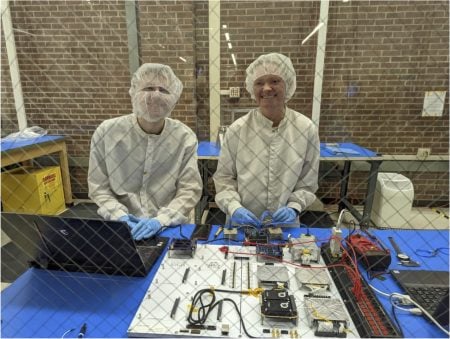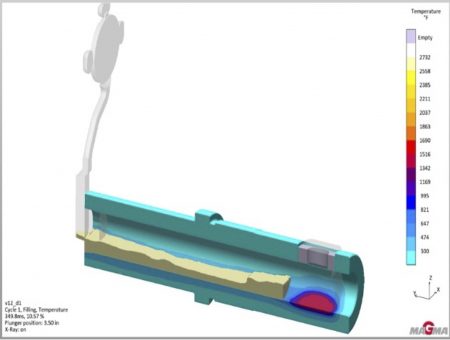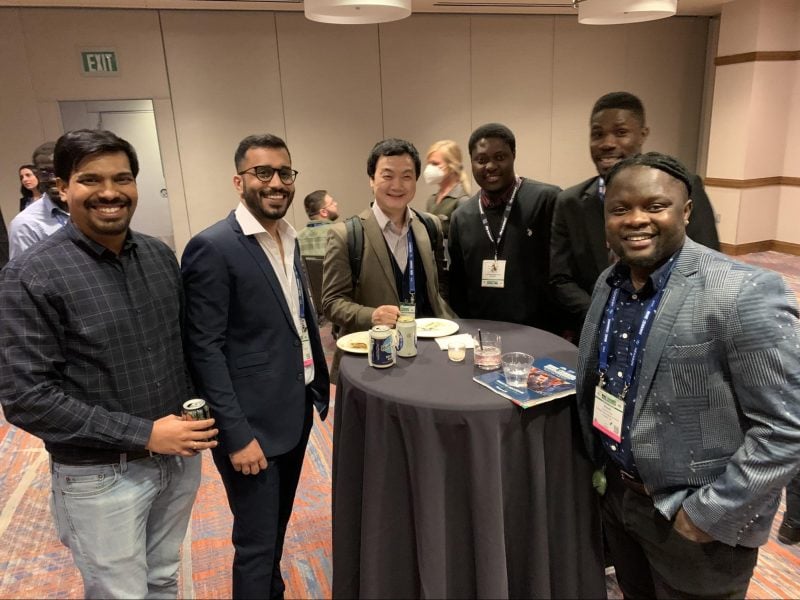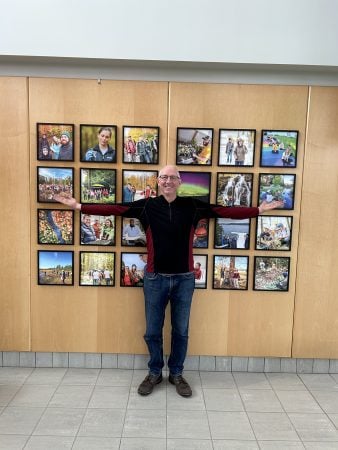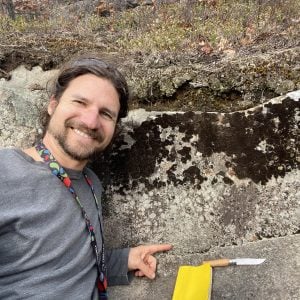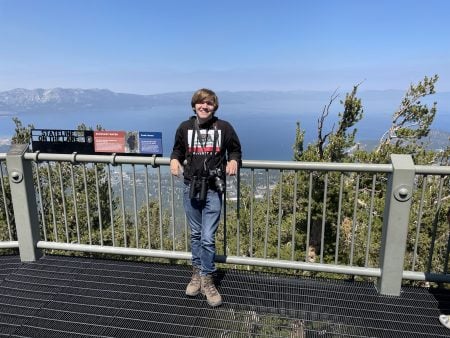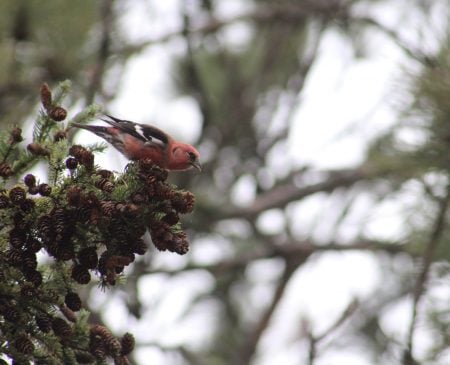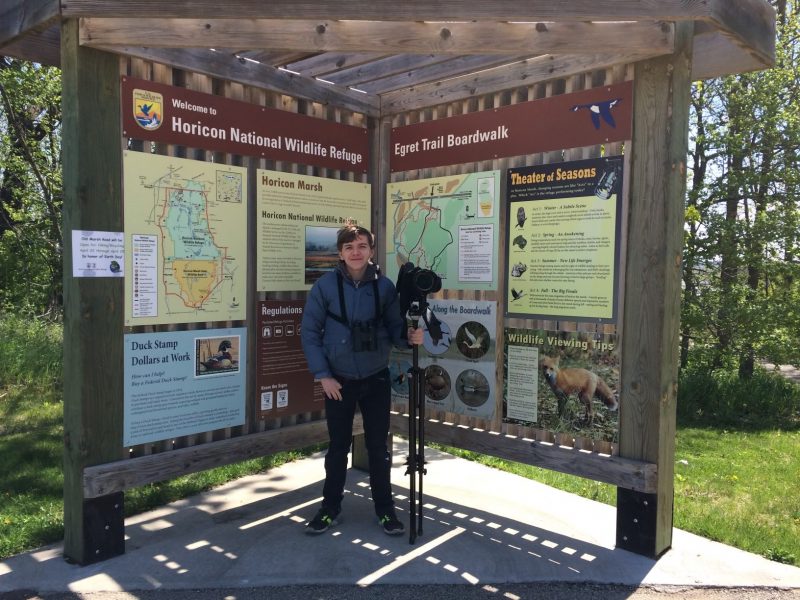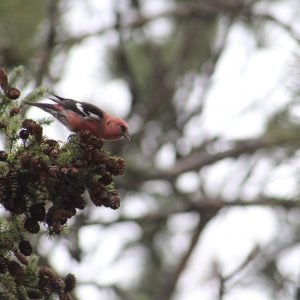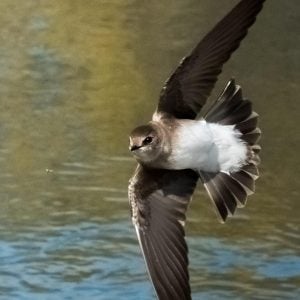
Last Saturday (April 15, 2023), MTU’s Society of Women Engineers (SWE) section attended the Annual SWE-Wisconsin Professional Day in Madison. We enjoyed visiting with the SWE-Wisconsin Professional Section, developing career skills and learning about engineering opportunities.
- Gretchen Hein, SWE advisor, led an #IamRemarkable workshop, where participants learned how to advocate for themselves and others, and the importance of those skills in career development.
- Second-year student Kathryn Krieger (environmental engineering) was honored as the 2023 GE-Healthcare Scholarship recipient. The scholarship committee was impressed with her involvement in SWE, Engineers without Borders and Delta Phi Epsilon.
- The section received the Collegiate Section Achievement Award for establishing the SWE Section Endowed Scholarship.
- We were also excited to see Andrea Falasco ’12 (B.S. Mechanical Engineering) and learn about her career path during the panel discussion on working for big versus small companies.
Nine section members attended:
- Amanda West, junior (mechanical engineering):
“I enjoyed networking with the other SWE sections in the region. It was great to learn how other students handle their organization and use it to help improve our own.” - Talia Olson, junior (mechanical engineering):
“I enjoyed getting inspired by other women engineers and learning from their experiences. I learned how to brand myself and to own my strength in the workforce.” - Cassandra Borr, second-year (mechanical engineering):
“I found this conference to be very empowering, as we were able to see what other women in the industry have accomplished and how they achieved it.” - Carissa Best, first-year (mechanical engineering):
“I really enjoyed having the opportunity to hear the stories of confident women in STEM who were interested in empowering other women.” - Kathryn Krieger, second-year (environmental engineering):
“SWE has grown to be such an important part of my college career. I am constantly inspired by the women around me and grateful for the opportunities for both personal and professional growth.” - Catherine Huston, second-year (materials science and engineering):
“Learning to own who I am and how to recognize my accomplishments was empowering and an experience I will carry with me as I navigate my path in life.” - Tory Cantrell, first-year (mechanical engineering):
“The most important piece of advice that I will take away from this conference is how it is important to step outside of your comfort zone and evolve your leadership brand as you grow.” - Rixlie Fozilova, graduate student (environmental engineering):
“The Spring Forward SWE conference provided me with an amazing opportunity to network with fellow engineering students and professionals from a wide variety of companies and backgrounds.” - Lydia Minzey, first-year (environmental engineering):
“The conference empowered participants to believe in their abilities and reach out to achieve their full potential, even while being a minority in their field. I’m very grateful to have been able to attend and learn from the wise women present.”
SWE thanks the College of Engineering and engineering departments for supporting SWE throughout the year. We also thank the Undergraduate Student Government and our corporate sponsors, whose support made this travel possible.
By Gretchen Hein, Advisor, Society of Women Engineers.




